The Origin and History of Jian Zhan Tea Bowls

Introduction
Tea drinking in China dates back over a thousand years, reaching its cultural peak during the Song Dynasty. Back then, tea was not just a beverage — it was an art form, a ritual, and a status symbol. Among all the tea wares that emerged, Jian Zhan — famous for its shimmering glazes like “rabbit fur” and “oil-spot” — became an iconic vessel that elevated the tea-drinking experience.

What is a “Zhan” (Tea Bowl)?
In Chinese, zhan (盏) refers to a small, shallow vessel with a wide mouth and narrow base. Unlike taller cups, a zhan is shorter than its width, allowing the tea’s color to shine. Historically, zhans weren’t just tea bowls — they were everyday vessels adapted for drinking tea as tea culture blossomed.

The Rise of Tea Ceremonies in Song Dynasty
By the Song Dynasty, tea drinking was at its cultural zenith. Instead of merely drinking tea, scholars and nobles engaged in intricate tea competitions (dòu chá), where skill and artistry were as important as the tea itself. Tea leaves were steamed and pressed into “Dragon-Phoenix cakes,” then ground into a fine powder and whisked into water to produce a frothy, bright-white tea.

Why Jian Zhan?
The Jian Zhan bowl was perfectly suited to these tea competitions. Its dark glaze — especially “rabbit fur” and “oil-spot” — created a stunning contrast with the pale tea froth. The bowl’s thick walls also retained heat, ensuring the tea stayed warm. These practical features, combined with its beauty, made Jian Zhan an enduring favorite.

Tea Culture for Every Class
Tea drinking wasn’t limited to scholars and nobles — by the Song Dynasty, tea had become part of daily life for people across all classes. The Song court celebrated tea with grand ceremonies, tea houses thrived in marketplaces, and tea became an everyday ritual for common folk as well.

The Influence of Religion and Philosophy
Confucianism, Daoism, and Buddhism also shaped Song tea culture. Confucians promoted tea as a symbol of ritual and self-cultivation, Daoists embraced its natural purity, and Buddhists integrated tea into meditation practice. Jian Zhan bowls — simple, profound, and beautiful — reflect these ideals.

Conclusion
Jian Zhan bowls embody the aesthetics and values of Song Dynasty tea culture — a perfect balance of utility, artistry, and philosophy. Even today, their unique glazes and timeless shapes continue to captivate tea lovers and collectors around the world.

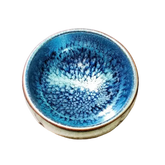


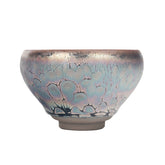
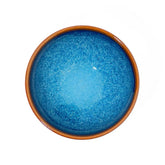
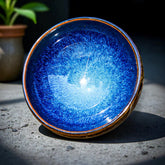

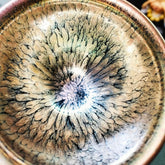





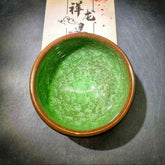
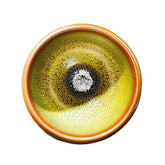
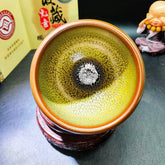
Leave a comment
Please note, comments need to be approved before they are published.